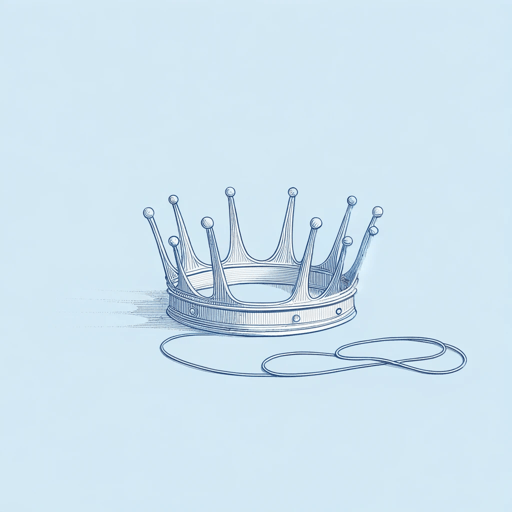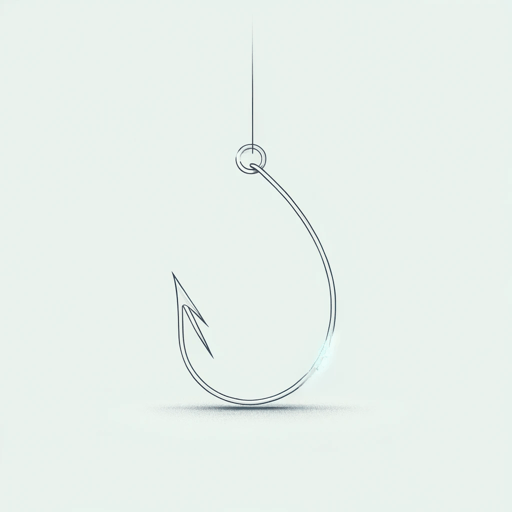20 pages • 40 minutes read
William ShakespeareSonnet 129
Fiction | Poem | Adult | Published in 1609A modern alternative to SparkNotes and CliffsNotes, SuperSummary offers high-quality Study Guides with detailed chapter summaries and analysis of major themes, characters, and more.
Symbols & Motifs
The Bait
In the second quatrain, the speaker introduces the imagery of “swallowed bait” (Line 7), using it as a symbol of how desire, consummation, and regret work together. He says that bait is purposefully “laid to make the taker mad” (Line 8), depicting lust as something that, like bait, lures the lover into something detrimental to his well-being. The lover then behaves in a “mad,” or irrational, manner in succumbing to lust. The results of having “swallowed” the “bait” of lust are clear: The lover’s former lust is immediately “[p]ast reason hated” (Line 7), speaking to the anger and disgust the speaker insists the lover will feel afterward. This imagery of bait and entrapment presents lustful behavior as animalistic and degrading, embodying the dangers that lurk within lust throughout the sonnet.
Loss of Control
Loss of control, even to the point of madness, is an important motif in the poem. The speaker centers his depiction of lust upon the idea that, once the lover is in the throes of lust, he will lose all self-restraint and end up experiencing something he will later regret.
Even before the speaker makes the comparison to the baited animal, he introduces the idea of lust as an overwhelming and inhumane force.
Related Titles
By William Shakespeare

All's Well That Ends Well
William Shakespeare

A Midsummer Night's Dream
William Shakespeare

Antony and Cleopatra
William Shakespeare

As You Like It
William Shakespeare

Coriolanus
William Shakespeare

Cymbeline
William Shakespeare

Hamlet
William Shakespeare

Henry IV, Part 1
William Shakespeare

Henry IV, Part 2
William Shakespeare

Henry V
William Shakespeare

Henry VIII
William Shakespeare

Henry VI, Part 1
William Shakespeare

Henry VI, Part 3
William Shakespeare

Julius Caesar
William Shakespeare

King John
William Shakespeare

King Lear
William Shakespeare

Love's Labour's Lost
William Shakespeare

Macbeth
William Shakespeare

Measure For Measure
William Shakespeare

Much Ado About Nothing
William Shakespeare

